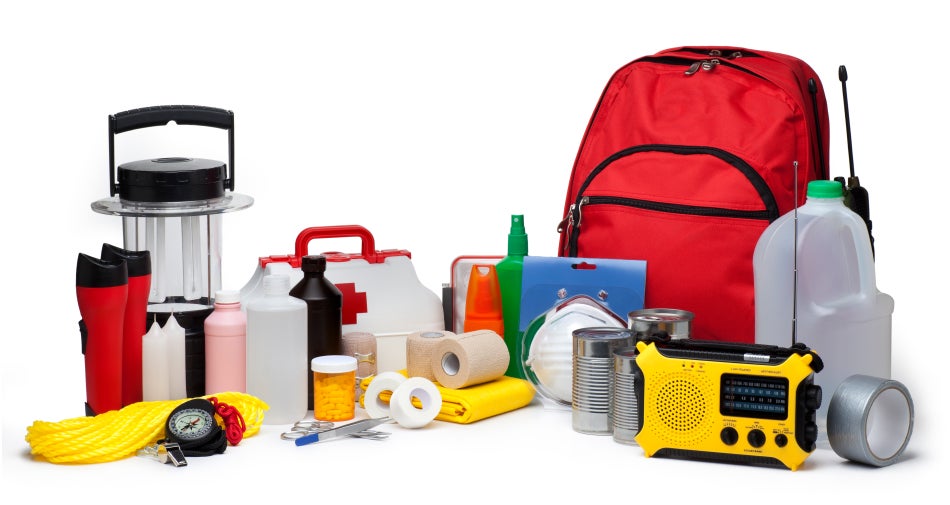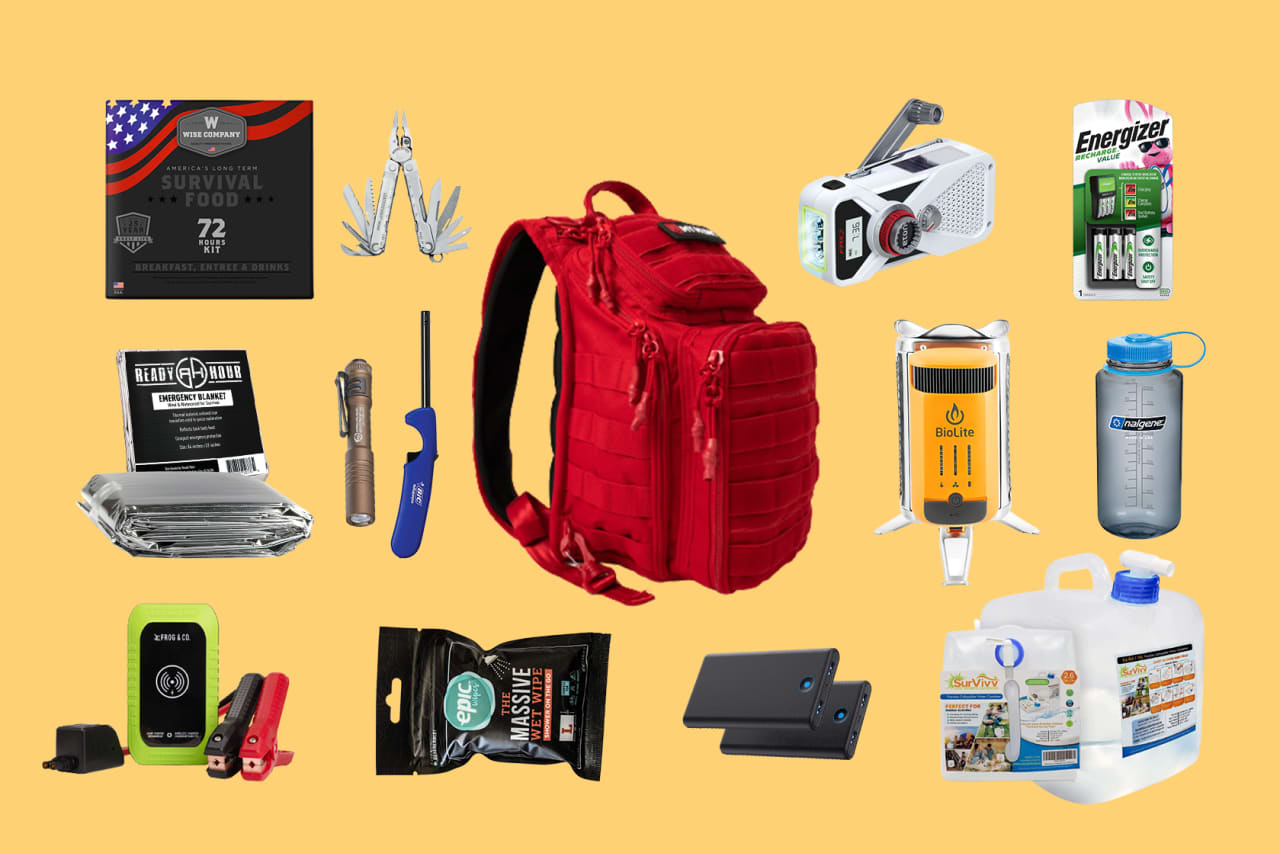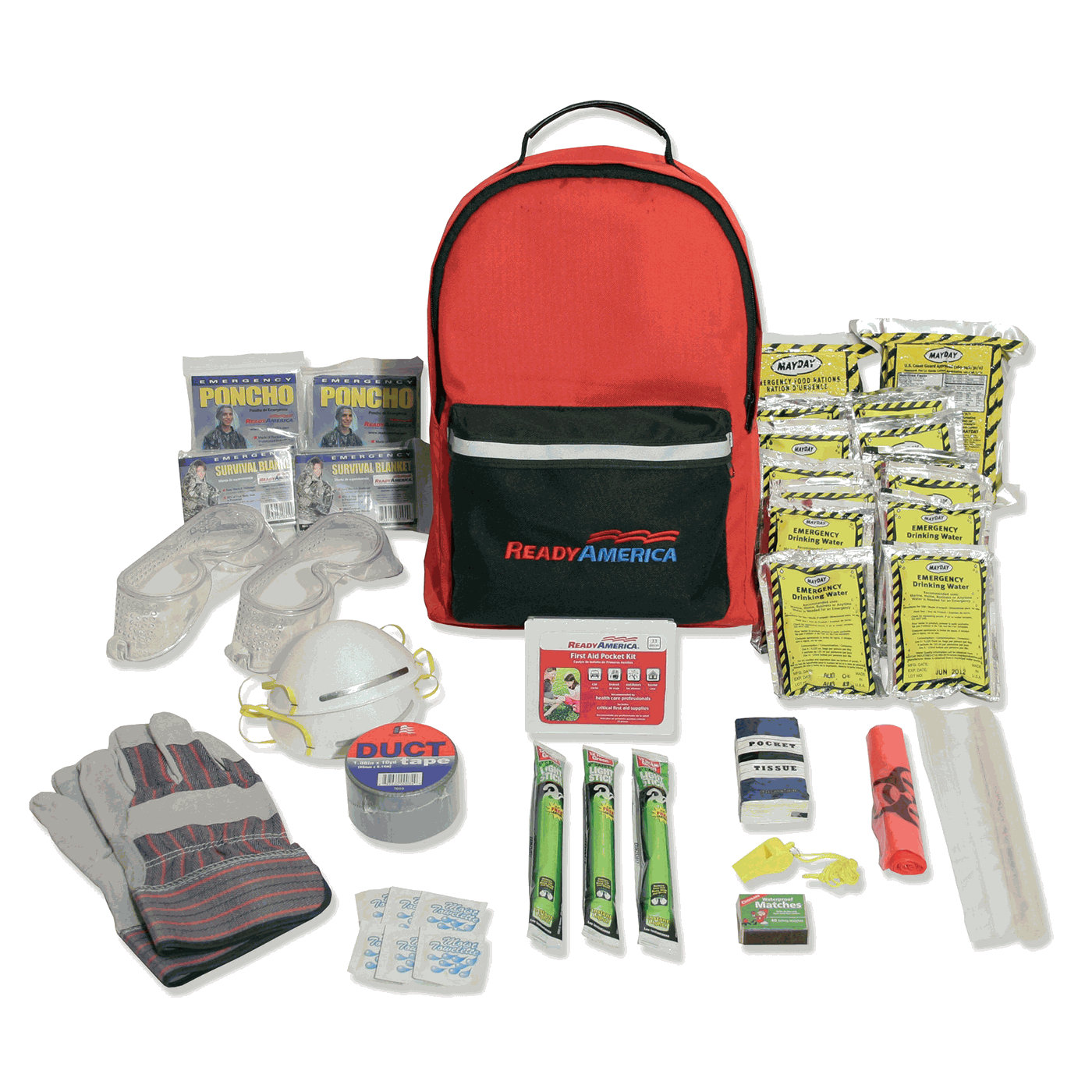Mastering the Art of Emergency Readiness: Professional Tips
Whether it be an all-natural disaster, a clinical emergency situation, or an abrupt situation, being prepared can make a significant difference in the end result. Mastering the art of emergency situation readiness calls for a combination of expertise, preparation, and strategic reasoning.
Importance of Emergency Readiness
Emergency situation preparedness is an important aspect of making certain the safety and health of individuals and neighborhoods in the face of unforeseen catastrophes and emergency situations. EMERGENCY PREPAREDNESS. Being prepared can considerably alleviate the impact of all-natural calamities, accidents, or various other dilemmas that may arise. By having a well-balanced emergency situation plan in position, areas and people can react successfully, possibly reducing and saving lives damages
One vital reason that emergency preparedness is crucial is that it assists in decreasing panic and complication throughout a dilemma. When people understand what to do and have practiced emergency treatments in advance, they are more probable to stay tranquil and make reasonable decisions in stressful situations. This can bring about an extra reliable and orderly response, aiding in the protection of lives and residential property.
Additionally, emergency preparedness fosters resilience within areas. By investing time and sources into preparedness procedures such as training, drills, and facilities improvements, neighborhoods can recover quicker after a calamity. This durability is essential for long-term healing and sustainability, ensuring that neighborhoods can hold up against future emergencies.

Structure a Comprehensive Emergency Situation Plan
Because of the crucial duty emergency situation preparedness plays in mitigating the impact of disasters and promoting neighborhood durability, the foundation for effective action hinges on building a thorough emergency strategy. EMERGENCY PREPAREDNESS. A comprehensive emergency situation plan works as a roadmap for organizations and neighborhoods to efficiently coordinate resources, react to situations, and guarantee the safety and well-being of individuals during emergencies
Establishing clear interaction methods ensures that information is shared effectively during emergencies, promoting timely decision-making. Normal training and drills aid acquaint individuals with emergency situation treatments, guaranteeing a swift and effective response when a crisis happens. Inevitably, a thorough emergency strategy is instrumental in enhancing readiness, response capabilities, and general durability in the face of catastrophes.
Important Supplies and Resources
When planning for prospective calamities, making sure accessibility to crucial materials and resources is paramount for reliable emergency reaction and resilience. Stockpiling on non-perishable food products such as canned products, healthy protein bars, and dry items is important to maintain people and families throughout times of situation when accessibility to fresh food might be limited (Bonuses). Additionally, preserving a sufficient supply of water, with a minimum of one gallon per person each day for a minimum of 3 days, is crucial for hydration and cleanliness needs
Basic medical supplies including plasters, bactericides, medications, and an emergency treatment package are crucial for addressing injuries and ailments that may happen during emergency situations. It is additionally vital to have a hand-crank or battery-powered radio to stay notified regarding the scenario and obtain updates from authorities. Flashlights with extra batteries, a multi-tool, and blankets ought to also be consisted of in emergency situation supply packages to provide light, help in navigating, and ensure warmth and convenience. By proactively collecting these important products, people can much better equip themselves to encounter unpredicted obstacles with readiness and strength.

Interaction Strategies Throughout Emergencies
Reliable communication methods play an essential function in making certain accurate and timely dissemination of information throughout emergencies. Clear and succinct interaction is important for collaborating feedback initiatives, offering instructions to the public, and maintaining everybody notified regarding the developing situation.
During emergency situations, it is necessary to This Site assign a representative or a central communication team to make certain uniformity in messaging and stay clear of complication. This assigned person or group should be well-trained in crisis communication and with the ability of supplying info in a comforting and tranquil manner. Furthermore, establishing a system for two-way interaction can assist gather real-time responses from the influenced people and resolve their demands better.
Additionally, using innovation such as emergency situation notification systems and communication applications can improve the circulation of important info and assist in quick reaction initiatives. By carrying out these interaction neighborhoods, organizations and methods can improve their emergency situation preparedness and action capabilities, inevitably saving lives and decreasing the effect of disasters.
Training and Practice for Preparedness
An important facet in making sure preparedness for emergencies is the application of routine training and practice to enhance action abilities and readiness - Continued. Through consistent training, emergency situation -responders can acquaint themselves with procedures, equipment operation, and decision-making procedures, eventually boosting their performance throughout dilemmas
Training sessions should simulate reasonable emergency situation scenarios to supply -responders with hands-on experience in a controlled setting. These simulations enable people to exercise their roles, test interaction systems, and recognize locations for renovation without the pressure of a genuine emergency.
Normal drills and exercises additionally help teams build cohesion and sychronisation, ensuring that everybody recognizes their responsibilities and can interact effortlessly when confronted with a situation. In addition, debriefing sessions complying with training exercises enable useful feedback and the chance to pick up from any errors made.
Conclusion
To conclude, mastering the art of emergency situation readiness needs a thorough plan, important supplies, effective interaction approaches, and normal training. By prioritizing preparedness and taking proactive steps, individuals and communities can better react to emergency situations and alleviate prospective dangers - EMERGENCY PREPAREDNESS. It is crucial to remain notified, stay ready, and continually improve emergency situation response techniques to make certain the security and well-being of all people entailed

In conclusion, grasping the art of emergency situation preparedness requires a comprehensive strategy, essential products, efficient communication approaches, and regular training.
Comments on “Emergency Preparedness 101: Key Steps to Protect Your Family members”